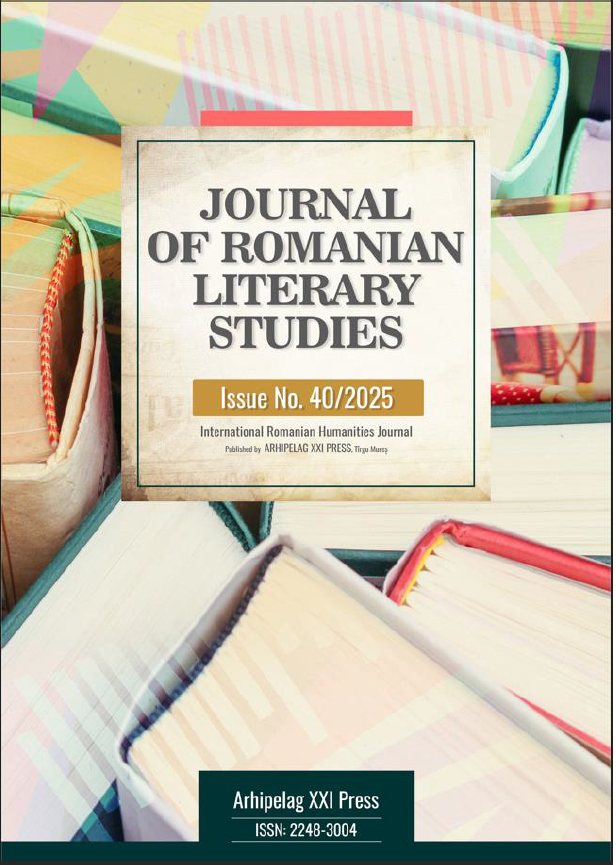GOVERNMENTAL PERSUASION STRATEGIES USED IN PANDEMIC DISCOURSE
GOVERNMENTAL PERSUASION STRATEGIES USED IN PANDEMIC DISCOURSE
Author(s): Stella GramaSubject(s): Language and Literature Studies, Lexis, Semantics, History and theory of sociology, Applied Sociology, Social Theory, Sociology of Culture, Philology, Sociology of Politics
Published by: Editura Arhipelag XXI
Keywords: CDA; cross-cultural; cultural values; pandemic discourse; persuasion; sociocognitive approach;
Summary/Abstract: This article examines the governmental persuasion strategies used by Queen Elizabeth II and President Maia Sandu during the COVID-19 crisis. Through a comparative approach based on Critical Discourse Analysis (CDA), Cultural Linguistics, and Sociocognitive Theory, the research explores the cultural values reflected by the pandemic discourse and its functions in controlling public perception. The analysis identifies common persuasive techniques such as metaphorical framing, strategic use of modality, politeness and inclusive pronouns which define national identity and encourage public compliance with health measures. This study proves that the persuasive strategies leaders choose to shape discourse according to the sociall contexts are a mirror of the cultural background and relate to knowledge and experience shared as a community. Discourse is an essential tool that governments can use to encourage public response to crisis situations.
Journal: Journal of Romanian Literary Studies
- Issue Year: 2025
- Issue No: 40
- Page Range: 1344-1353
- Page Count: 10
- Language: English

